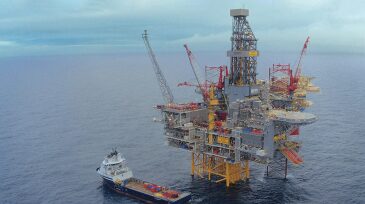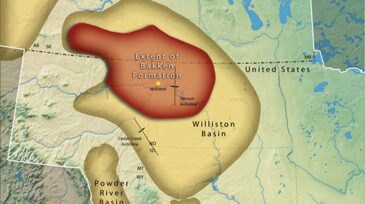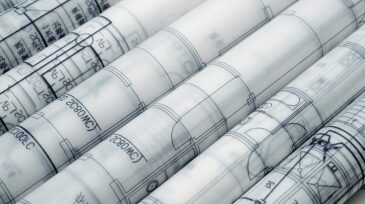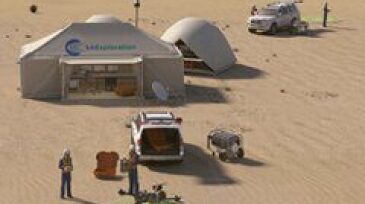Data & Analytics
Gautam Swami, manager of corporate R&D at NOV and SPE member, shares his experiences in building a career in oil and gas R&D, discusses how innovation is shaping the industry, and offers guidance to young professionals.
Aramco’s latest MOUs focus on driving innovation and growth across oil, gas, and downstream sectors.
Weatherford International plc announced a strategic agreement with Amazon Web Services (AWS) to advance the company's digital transformation and drive innovation across the energy sector.
-
A proving ground for the use of digital twins has emerged in the North Sea. There, operators Total, Aker BP, and Shell have each developed and deployed twins that they expect to pay big dividends.
-
The complete paper describes the potential global scientific value of video and other data collected by ROVs.
-
Multistage horizontal well designs were first implemented in the Bakken in 2007. Since then, more than 12,000 wells have been completed in either the Middle Bakken or Three Forks zones.
-
Rather than waiting for a dominant player to emerge, the oil and gas industry is at a point in its journey with blockchain where it makes sense to actively start working toward common architectures and standards in the blockchain domain.
-
Data undoubtedly has value, agreed participants at a recent symposium held by the Professional Petroleum Data Management Association in Denver. Quantifying that value—and communicating that value to decision-makers in a company—however, is tricky if not impossible.
-
Using deep-learning and computer-vision techniques, the software recognizes all instances of specific instruments, valves, lines, and other features in a P&I diagram in seconds.
-
The joint offerings are expected to help make energy operations safer, cleaner, and more efficient.
-
The vigilante hacker has offered the reward for hacktivists and criminals who break into capitalist institutions.
-
The digital transformation is a risky proposition for oil and gas companies adapting to a rapidly changing business environment, but a failure to adapt could spell trouble for the industry.
-
The seismic sensors will be dropped by six autonomous aerial drones and later be retrieved by an unmanned ground vehicle instead of conventional manual deployment and recovery by ground-based teams.













